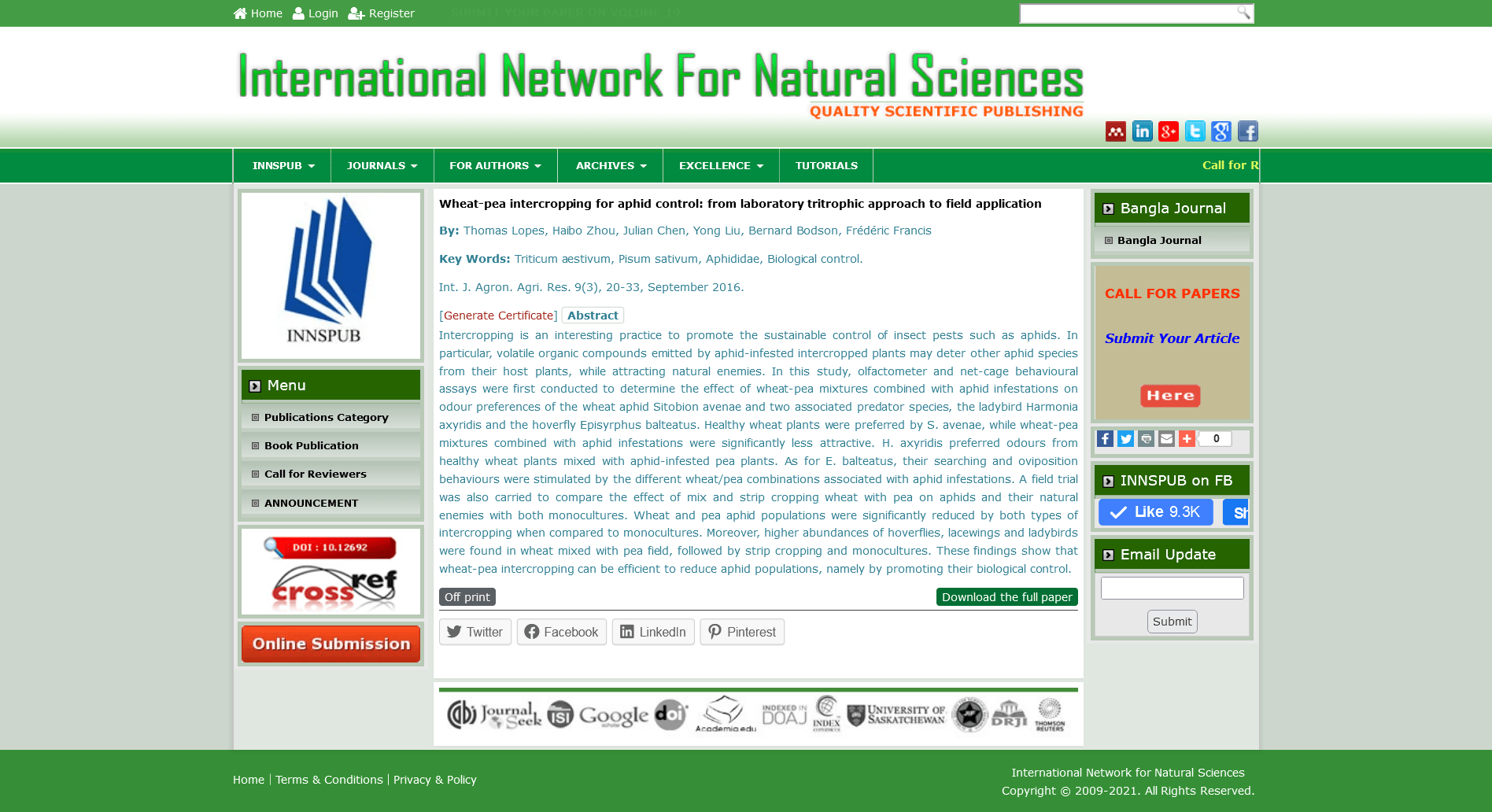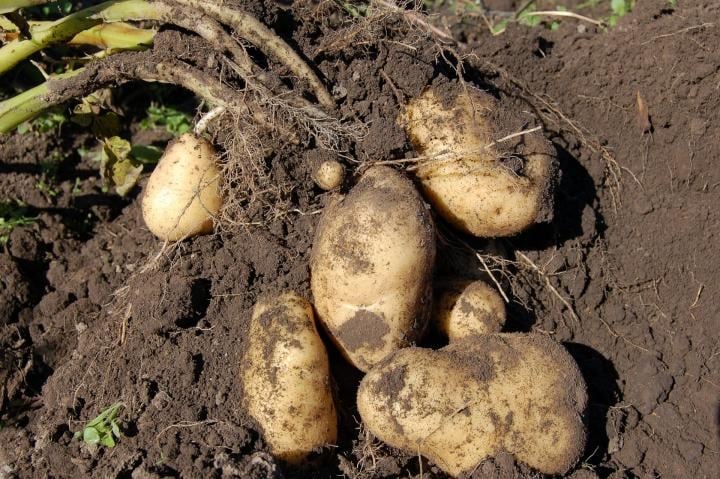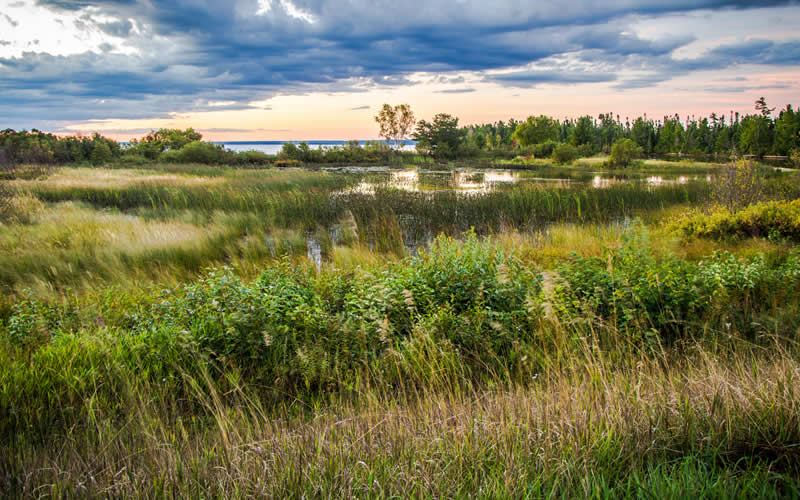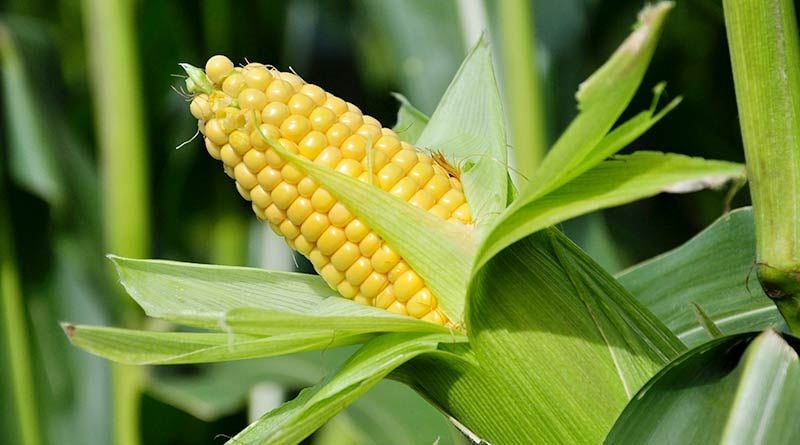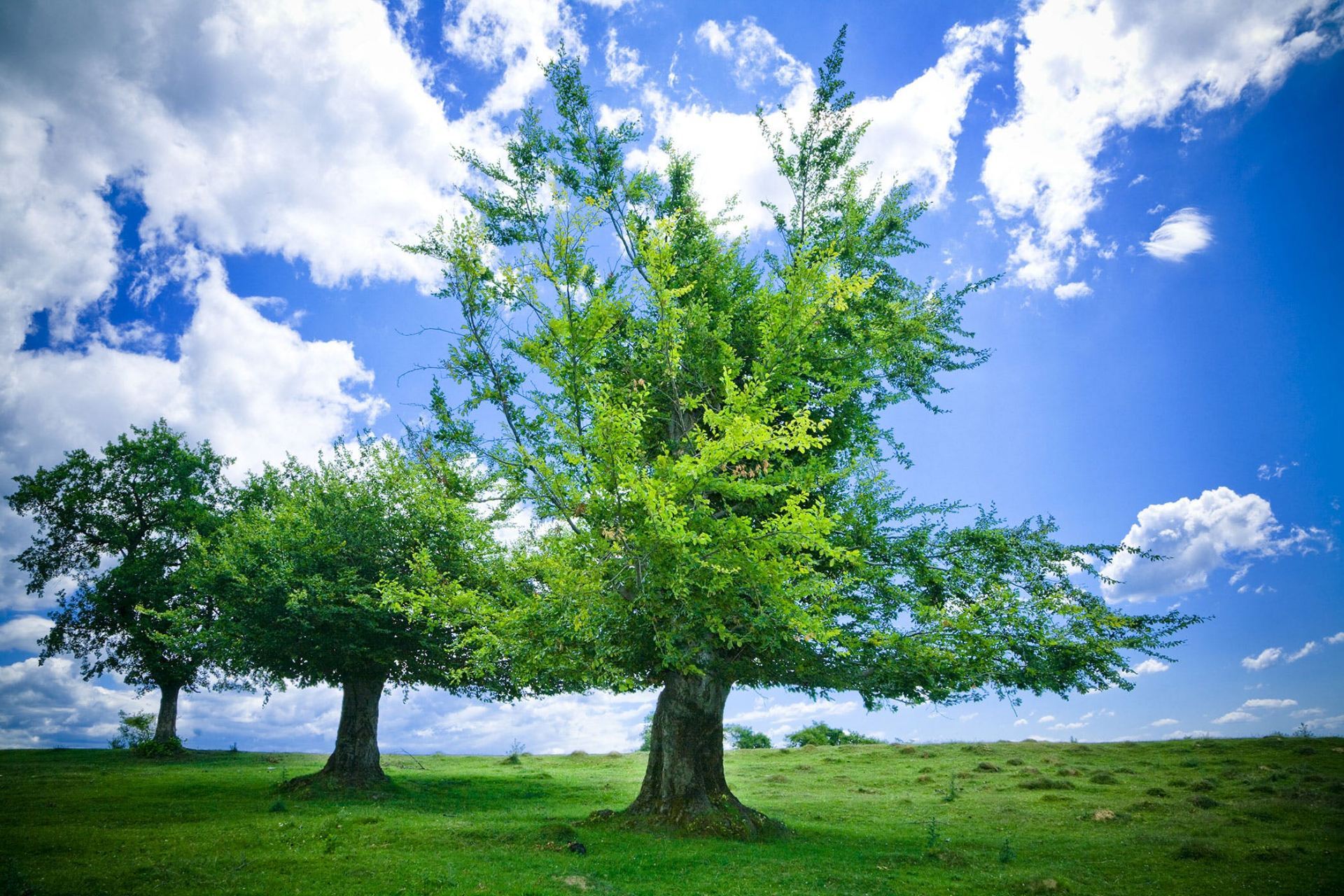Thomas Lopes, Haibo Zhou, Julian Chen, Yong Liu, Bernard Bodson, Frédéric Francis
Functional and Evolutionary Entomology, Gembloux Agro-Bio Tech, University of Liege, Gembloux, Belgium
Anhui Academy of Science and Technology, Heifei, PR China
Anhui Academy of Applied Technology, Heifei, PR China
State Key Laboratory for Biology of Plant Disease and Insect Pests, Institute of Plant Protection, Chinese Academy of Agricultural Sciences, Beijing, PR China
College of Plant Protection, Shandong Agricultural University, Taian, PR China
Crop production, Gembloux Agro-Bio Tech, University of Liege, Gembloux, Belgium
Keywords: Triticum aestivum, Pisum sativum, Aphididae, Biological control.
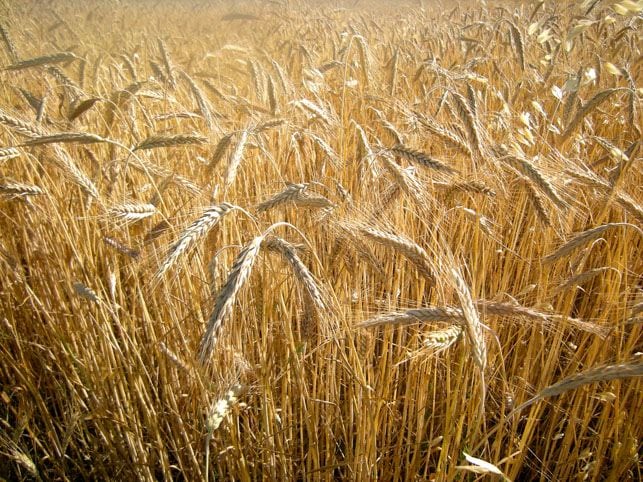
Abstract
Intercropping is an interesting practice to promote the sustainable control of insect pests such as aphids. In particular, volatile organic compounds emitted by aphid-infested intercropped plants may deter other aphid species from their host plants, while attracting natural enemies. In this study, olfactometer and net-cage behavioural assays were first conducted to determine the effect of wheat-pea mixtures combined with aphid infestations on odour preferences of the wheat aphid Sitobion avenae and two associated predator species, the ladybird Harmonia axyridis and the hoverfly Episyrphus balteatus. ![]() Continue reading Wheat-pea intercropping for aphid control: from laboratory tritrophic approach to field application – IJAAR
Continue reading Wheat-pea intercropping for aphid control: from laboratory tritrophic approach to field application – IJAAR
